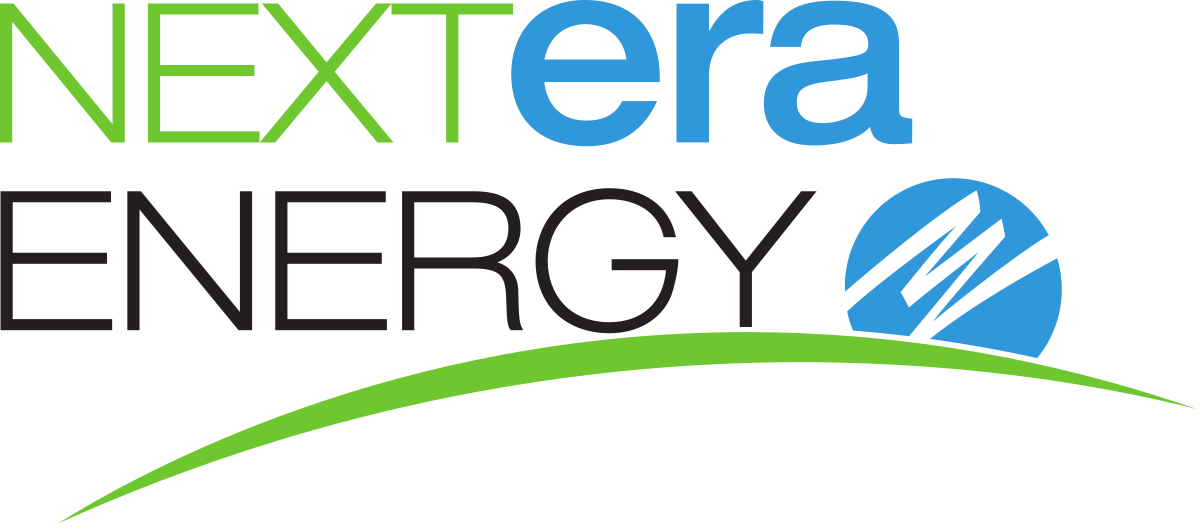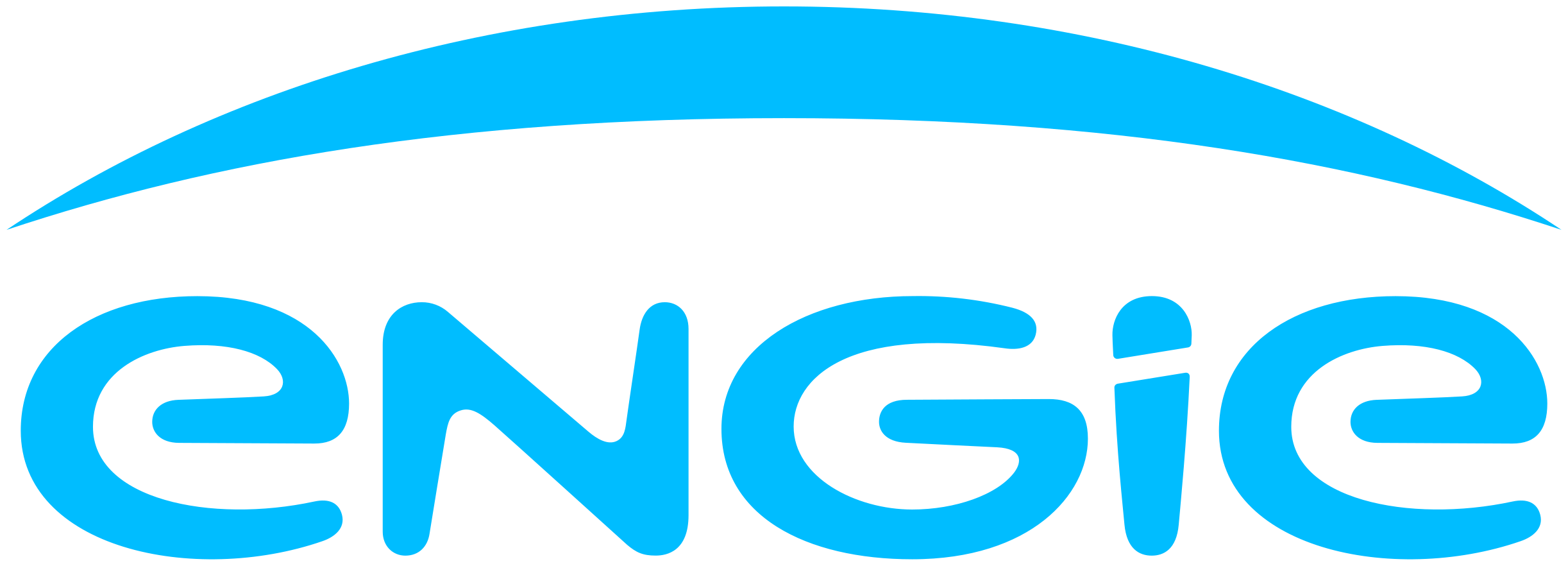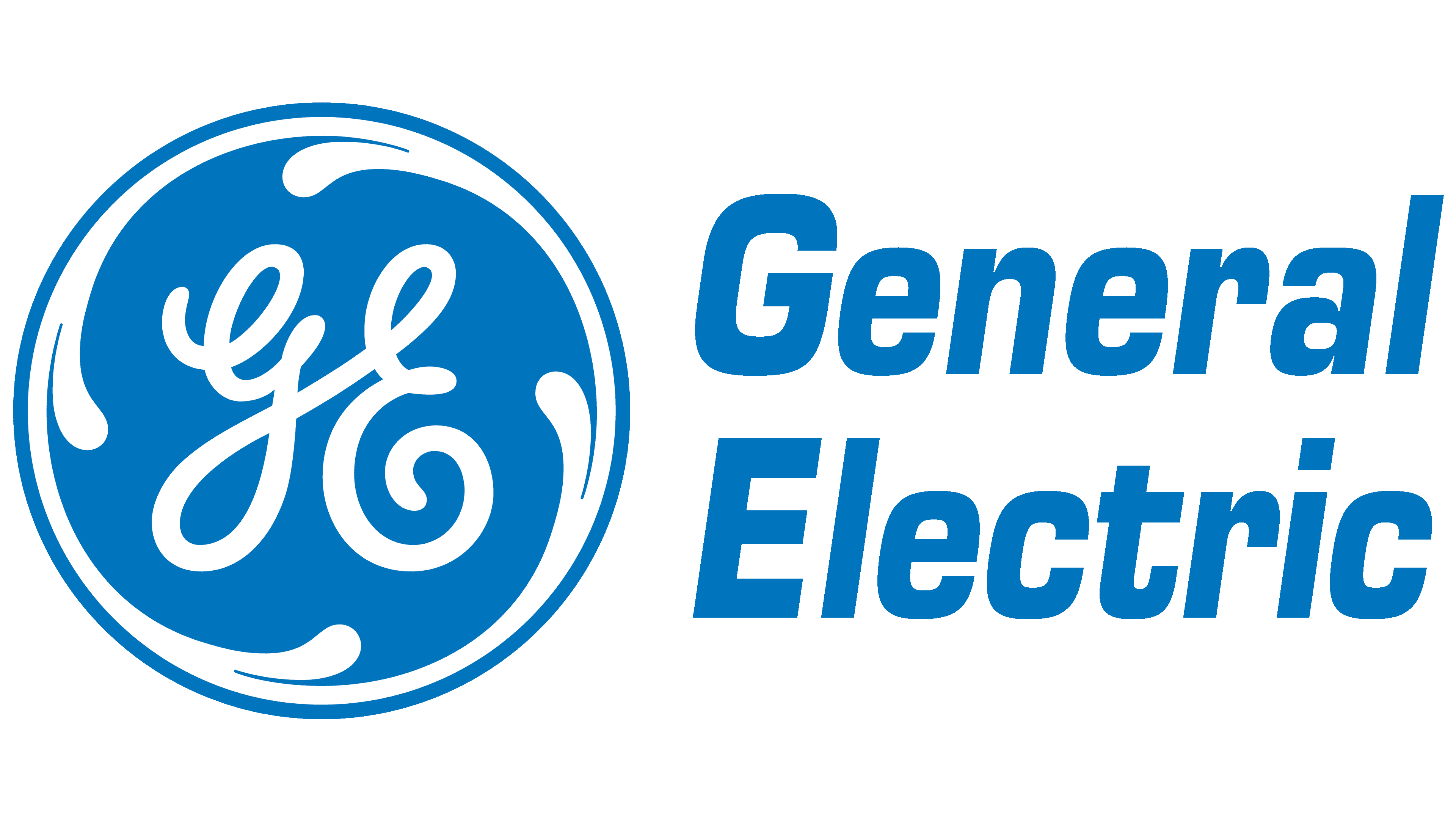Global Clean Coal Technology Market By Technology, By Application, By Region & Segmental Insights Trends and Forecast, 2024 – 2034
- Industry: Energy & Power
- Report ID: TNR-110-1324
- Number of Pages: 420
- Table/Charts : Yes
- October, 2024
- Base Year : 2024
- No. of Companies : 10+
- No. of Countries : 29
- Views : 10058
- Covid Impact Covered: Yes
- War Impact Covered: Yes
- Formats : PDF, Excel, PPT
Clean coal technology refers to a range of techniques aimed at reducing harmful emissions and improving the efficiency of coal-burning processes. It includes carbon capture and storage (CCS), gasification, and flue gas desulfurization, among others. These technologies are designed to minimize pollutants like sulfur dioxide (SO2), nitrogen oxides (NOx), and carbon dioxide (CO2), which contribute to environmental issues such as acid rain and global warming. “In terms of revenue, the global clean coal technology market was worth US$ 3.9 Bn in 2023, anticipated to witness a CAGR of 4.3% during 2024 – 2034”.
Globally, clean coal technologies are vital in energy production, especially in countries like the United States and China, where coal is a dominant energy source. For example, the Petra Nova project in Texas, operational in 2017, was one of the largest CCS initiatives, capturing 1.6 million tons of CO2 annually. Similarly, China is investing heavily in ultra-supercritical coal plants to improve efficiency and reduce emissions.
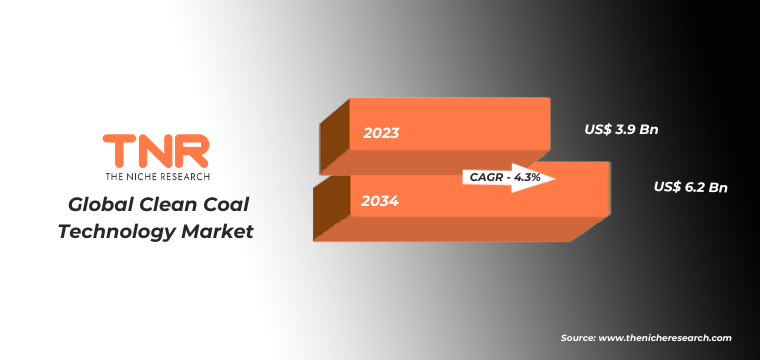
Recoverable Coal Reserves:
Recoverable coal reserves are a key factor driving the global clean coal technology market, providing a foundation for sustainable energy initiatives. The United States, with over 250 billion tons of recoverable reserves as of 2022, remains a significant contributor. Russia and China, possessing vast reserves, have integrated carbon capture technologies to reduce emissions.
Australia, one of the world’s largest coal exporters, is advancing flue gas desulfurization to lower sulfur emissions. India, with its growing energy demands, focuses on coal gasification. Germany, aiming for energy transition by 2038, leverages fluidized bed combustion. The Rest of the World continues exploring cleaner methods, enhancing global efforts towards reduced coal emissions.

Global Clean Coal Technology Market Dynamics
Global Clean Coal Technology Market Growth Drivers:
- Rising Environmental Regulations: Governments worldwide are implementing stricter environmental regulations to combat climate change, driving demand for clean coal technologies. For example, the U.S. Clean Air Act mandates emissions reductions, prompting investments in carbon capture and storage (CCS) projects like Petra Nova in Texas, which began operating in 2017.
- Increasing Energy Demand: As global energy demand continues to rise, particularly in emerging economies like India and China, there is a push to balance coal usage with sustainability. Ultra-supercritical coal plants, like China’s Waigaoqiao No. 3 plant (operational since 2008), increase efficiency, reducing emissions and meeting growing power needs more responsibly.
Global Clean Coal Technology Market Restraints:
- High Implementation Costs: The adoption of clean coal technologies faces barriers due to high installation and operational costs. For instance, carbon capture and storage (CCS) projects like Petra Nova, which launched in 2017, require significant investment, making it less feasible for developing nations with limited resources.
- Competition from Renewable Energy: The increasing affordability and efficiency of renewable energy sources like wind and solar pose a challenge to the clean coal market. Countries like Germany, which phased out coal in favor of renewables by 2022, showcase how clean coal technologies face competition from greener, more cost-effective energy options.
Global Clean Coal Technology Market Opportunities:
- Advancements in Carbon Capture Technologies: Innovations in carbon capture and storage (CCS) offer new opportunities for clean coal technology. For example, projects like Norway’s Northern Lights, set to start in 2024, aim to capture and store CO2 emissions from industrial sources, demonstrating how evolving technologies can improve coal’s sustainability.
- Government Funding and Incentives: Increased government support for clean energy initiatives provides a growth opportunity. For instance, the U.S. Department of Energy’s funding for clean coal projects, such as the $450 million investment in CCS research in 2021, encourages the development and deployment of cleaner coal technologies to meet climate goals.
Global Clean Coal Technology Market Trends:
- Shift Toward Ultra-Supercritical Plants: The trend toward ultra-supercritical coal power plants is gaining traction, as they offer higher efficiency and lower emissions. For example, Japan’s Isogo Thermal Power Station, operational since 2019, is a leading example of ultra-supercritical technology reducing coal’s environmental footprint.
- Integration of AI and Automation: Artificial intelligence (AI) and automation are increasingly being integrated into clean coal technologies to enhance operational efficiency. China’s smart coal plants, such as the Datang Tuoketuo Power Plant, use AI for real-time monitoring and emissions control, showcasing this trend in 2023 to improve sustainability and performance.
Global Clean Coal Technology Market Segmental Analysis:
Clean Coal Technology Market By Technology
- Combustion Technology
- Pulverized Coal Combustion
- Fluid Bed Combustion
- Gasification Technology
- Integrated Coal Gasification
- Hydrogen From Coal Process
- Multipurpose Coal Gasification
- Enabling Technology
- Carbon Capture and Storage Technology
- Carbon Sequestration Technology
- Others
In 2023, gasification technology led the global clean coal technology market with a substantial revenue share of 24.7%. Gasification converts coal into syngas (a mixture of hydrogen, carbon monoxide, and CO2), which can be used for power generation or as feedstock for chemical production. This process reduces harmful emissions compared to traditional coal combustion.
China’s Shenhua Group, for example, operates large-scale coal gasification plants to produce cleaner energy. Similarly, the Kemper County Energy Facility in the U.S. was designed to use gasification to capture 65% of its carbon emissions. With growing demand for cleaner energy and carbon regulations, gasification continues to play a crucial role in advancing sustainable coal usage globally.
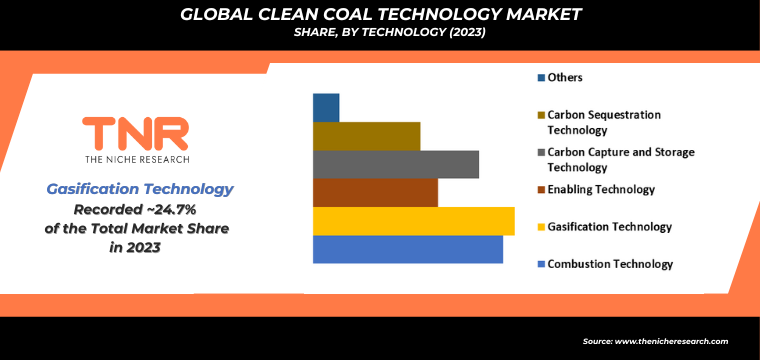
Clean Coal Technology Market By Application
- Electricity Generation
- Iron and Steel Production
- Chemical and Cement Manufacturing
- Industrial Heating
- Others
Industrial heating application is projected to be the fastest-growing segment in the global clean coal technology market, capturing a notable revenue share of 25.6%. This growth is driven by the need for cleaner and more efficient energy sources in industries like cement, steel, and chemicals. Clean coal technologies, such as fluidized bed combustion and gasification, offer industries a way to reduce emissions while maintaining the high temperatures required for industrial processes.
For instance, in India, clean coal technologies are increasingly adopted in steel manufacturing to enhance energy efficiency and reduce environmental impact. Similarly, China is investing in coal gasification for industrial heating, enabling factories to meet stringent environmental standards while improving operational performance.
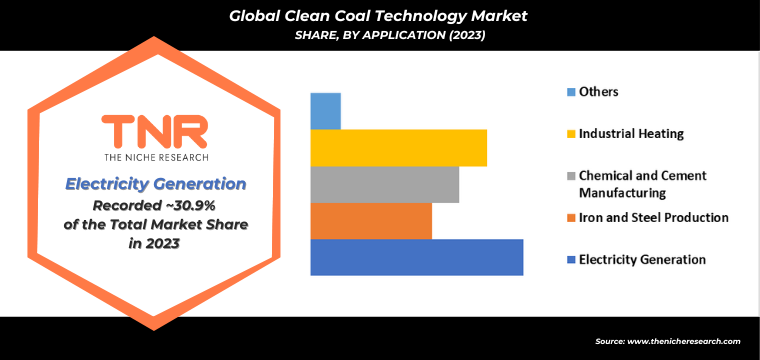
Clean Coal Technology Market By Region
- North America (U.S., Canada, Mexico, Rest of North America)
- Europe (France, The UK, Spain, Germany, Italy, Nordic Countries (Denmark, Finland, Iceland, Sweden, Norway), Benelux Union (Belgium, The Netherlands, Luxembourg), Rest of Europe)
- Asia Pacific (China, Japan, India, New Zealand, Australia, South Korea, Southeast Asia (Indonesia, Thailand, Malaysia, Singapore, Rest of Southeast Asia), Rest of Asia Pacific)
- Middle East & Africa (Saudi Arabia, UAE, Egypt, Kuwait, South Africa, Rest of Middle East & Africa)
- Latin America (Brazil, Argentina, Rest of Latin America)
Latin America is projected to be the fastest-growing region in the clean coal technology market during the forecast period, driven by increasing energy demand and stricter environmental regulations. Countries like Brazil and Mexico are investing in cleaner coal solutions to balance energy needs with sustainability goals.
For instance, Brazil’s Clean Coal Technologies Program focuses on reducing carbon emissions while ensuring energy security. In Mexico, the government is exploring carbon capture and storage (CCS) to modernize existing coal plants and meet global climate targets. Additionally, the region’s growing industrial sectors, including mining and manufacturing, are driving the adoption of clean coal technologies like gasification, which offers both economic benefits and environmental advantages for sustainable energy production.
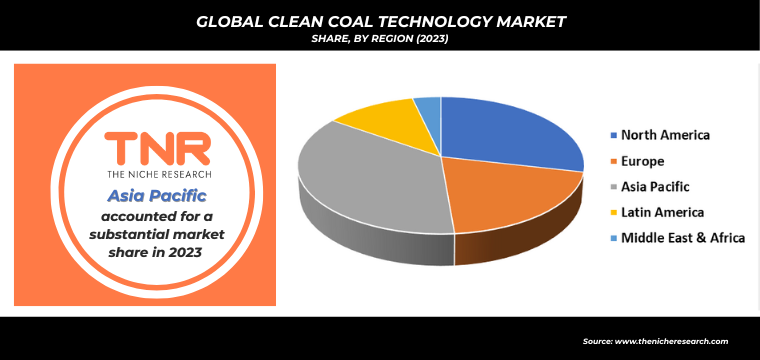
Competitive Landscape
Competition in the global clean coal technology market is intensifying as key players focus on developing innovative solutions to meet environmental standards and energy efficiency goals. Major companies such as General Electric, Mitsubishi Heavy Industries, and Babcock & Wilcox are leading the charge by advancing carbon capture and gasification technologies. For instance, General Electric’s Integrated Gasification Combined Cycle (IGCC) plants, like the one in Indiana, improve coal efficiency while reducing emissions.
Emerging markets, particularly in China and India, are also contributing to the competitive landscape as they seek cleaner energy alternatives. Additionally, global players are forming strategic partnerships and investing in R&D to stay ahead, like the collaboration between Shell and Cansolv for carbon capture projects.
- In February 2022, the Indian Institute of Chemical Technology (IICT) revealed a collaborative initiative with Northern Coalfields Limited (NCL) in Madhya Pradesh, valued at around INR 7.31 crore. This project focuses on research and development in sustainable mining and clean coal technologies.
- In October 2021, Adani Power Limited announced plans to launch the Godda Ultra Super Critical coal thermal power plant by March 2022. Located in Jharkhand, India, the plant boasts an installed capacity of 1,600 MW. The commissioning of such advanced coal power plants is expected to drive the adoption of clean coal technology in the coming years.
Global Clean Coal Technology Market Scope:
| Report Specifications | Details |
| Market Revenue in 2023 | US$ 3.9 Bn |
| Market Size Forecast by 2034 | US$ 6.2 Bn |
| Growth Rate (CAGR) | 4.3% |
| Historic Data | 2016 – 2022 |
| Base Year for Estimation | 2023 |
| Forecast Period | 2024 – 2034 |
| Report Inclusions | Market Size & Estimates, Market Dynamics, Competitive Scenario, Trends, Growth Factors, Market Determinants, Key Investment Segmentation, Product/Service/Solutions Benchmarking |
| Segments Covered | By Technology, By Application, By Region |
| Regions Covered | North America, Europe, Asia Pacific, Middle East & Africa, Latin America |
| Countries Covered | U.S., Canada, Mexico, Rest of North America, France, The UK, Spain, Germany, Italy, Nordic Countries (Denmark, Finland, Iceland, Sweden, Norway), Benelux Union (Belgium, The Netherlands, Luxembourg), Rest of Europe, China, Japan, India, New Zealand, Australia, South Korea, Southeast Asia (Indonesia, Thailand, Malaysia, Singapore, Rest of Southeast Asia), Rest of Asia Pacific, Saudi Arabia, UAE, Egypt, Kuwait, South Africa, Rest of Middle East & Africa, Brazil, Argentina, Rest of Latin America |
| Key Players | Alstom SA, China Energy Engineering Corporation, China Shenhua Energy Company Limited, Doosan Heavy Industries & Construction, General Electric Company, Huaneng Power International Inc., KBR, Inc., Mitsubishi Heavy Industries Ltd., NTPC Limited, Sasol Limited, PetroChina Company Limited, RWE AG, Shanghai Electric Group Company Limited, Shell PLC, Siemens Energy AG, Thyssenkrupp AG, Toshiba Corporation |
| Customization Scope | Customization allows for the inclusion/modification of content pertaining to geographical regions, countries, and specific market segments. |
| Pricing & Procurement Options | Explore purchase options tailored to your specific research requirements |
| Contact Details | Consult With Our Expert
Japan (Toll-Free): +81 663-386-8111 South Korea (Toll-Free): +82-808- 703-126 Saudi Arabia (Toll-Free): +966 800-850-1643 United Kingdom: +44 753-710-5080 United States: +1 302-232-5106 E-mail: askanexpert@thenicheresearch.com
|
Some of the players operating in the clean coal technology market are
- Alstom SA
- China Energy Engineering Corporation
- China Shenhua Energy Company Limited
- Doosan Heavy Industries & Construction
- General Electric Company
- Huaneng Power International Inc.
- KBR, Inc.
- Mitsubishi Heavy Industries Ltd.
- NTPC Limited, Sasol Limited
- PetroChina Company Limited
- RWE AG
- Shanghai Electric Group Company Limited
- Shell PLC
- Siemens Energy AG
- Thyssenkrupp AG
- Toshiba Corporation
- Other Industry Participants
Report Layout:
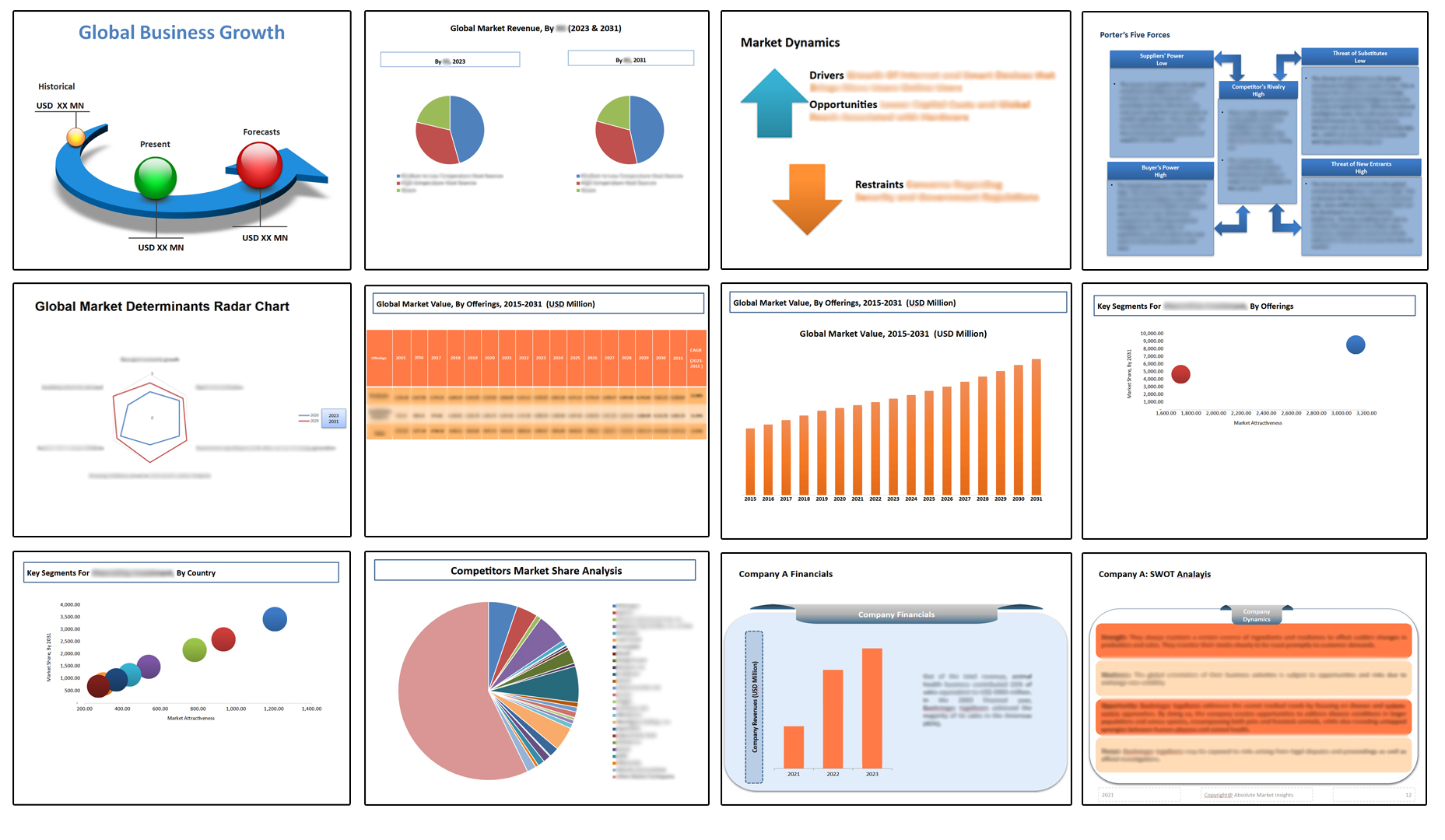
Table of Contents
Note: This ToC is tentative and can be changed according to the research study conducted during the course of report completion.
**Exclusive for Multi-User and Enterprise User.
Global Clean Coal Technology Market:
By Technology
- Combustion Technology
- Pulverized Coal Combustion
- Fluid Bed Combustion
- Gasification Technology
- Integrated Coal Gasification
- Hydrogen From Coal Process
- Multipurpose Coal Gasification
- Enabling Technology
- Carbon Capture and Storage Technology
- Carbon Sequestration Technology
- Others
By Application
- Electricity Generation
- Iron and Steel Production
- Chemical and Cement Manufacturing
- Industrial Heating
- Others
By Region
- North America
- S.
- Canada
- Mexico
- Rest of North America
- Europe
- France
- The UK
- Spain
- Germany
- Italy
- Nordic Countries
- Denmark
- Finland
- Iceland
- Sweden
- Norway
- Benelux Union
- Belgium
- The Netherlands
- Luxembourg
- Rest of Europe
- Asia Pacific
- China
- Japan
- India
- New Zealand
- Australia
- South Korea
- Southeast Asia
- Indonesia
- Thailand
- Malaysia
- Singapore
- Rest of Southeast Asia
- Rest of Asia Pacific
- Middle East & Africa
- Saudi Arabia
- UAE
- Egypt
- Kuwait
- South Africa
- Rest of Middle East & Africa
- Latin America
- Brazil
- Argentina
- Rest of Latin America
The Niche Research approach encompasses both primary and secondary research methods to provide comprehensive insights. While primary research is the cornerstone of our studies, we also incorporate secondary research sources such as company annual reports, premium industry databases, press releases, industry journals, and white papers.
Within our primary research, we actively engage with various industry stakeholders, conducting paid interviews and surveys. Our meticulous analysis extends to every market participant in major countries, allowing us to thoroughly examine their portfolios, calculate market shares, and segment revenues.
Our data collection primarily focuses on individual countries within our research scope, enabling us to estimate regional market sizes. Typically, we employ a bottom-up approach, meticulously tracking trends in different countries. We analyze growth drivers, constraints, technological innovations, and opportunities for each country, ultimately arriving at regional figures.Our process begins by examining the growth prospects of each country. Building upon these insights, we project growth and trends for the entire region. Finally, we utilize our proprietary model to refine estimations and forecasts.
Our data validation standards are integral to ensuring the reliability and accuracy of our research findings. Here’s a breakdown of our data validation processes and the stakeholders we engage with during our primary research:
- Supply Side Analysis: We initiate a supply side analysis by directly contacting market participants, through telephonic interviews and questionnaires containing both open-ended and close-ended questions. We gather information on their portfolios, segment revenues, developments, and growth strategies.
- Demand Side Analysis: To gain insights into adoption trends and consumer preferences, we reach out to target customers and users (non-vendors). This information forms a vital part of the qualitative analysis section of our reports, covering market dynamics, adoption trends, consumer behavior, spending patterns, and other related aspects.
- Consultant Insights: We tap into the expertise of our partner consultants from around the world to obtain their unique viewpoints and perspectives. Their insights contribute to a well-rounded understanding of the markets under investigation.
- In-House Validation: To ensure data accuracy and reliability, we conduct cross-validation of data points and information through our in-house team of consultants and utilize advanced data modeling tools for thorough verification.
The forecasts we provide are based on a comprehensive assessment of various factors, including:
- Market Trends and Past Performance (Last Five Years): We accurately analyze market trends and performance data from preceding five years to identify historical patterns and understand the market’s evolution.
- Historical Performance and Growth of Market Participants: We assess the historical performance and growth trajectories of key market participants. This analysis provides insights into the competitive landscape and individual company strategies.
- Market Determinants Impact Analysis (Next Eight Years): We conduct a rigorous analysis of the factors that are projected to influence the market over the next eight years. This includes assessing both internal and external determinants that can shape market dynamics.
- Drivers and Challenges for the Forecast Period:Identify the factors expected to drive market growth during the forecast period, as well as the challenges that the industry may face. This analysis aids in deriving an accurate growth rate projection.
- New Acquisitions, Collaborations, or Partnerships: We keep a close watch on any new acquisitions, collaborations, or partnerships within the industry. These developments can have a significant impact on market dynamics and competitiveness.
- Macro and Micro Factors Analysis:A thorough examination of both macro-level factors (e.g., economic trends, regulatory changes) and micro-level factors (e.g., technological advancements, consumer preferences) that may influence the market during the forecast period.
- End-User Sentiment Analysis: To understand the market from the end-user perspective, we conduct sentiment analysis. This involves assessing the sentiment, preferences, and feedback of the end-users, which can provide valuable insights into market trends.
- Perspective of Primary Participants: Insights gathered directly from primary research participants play a crucial role in shaping our forecasts. Their perspectives and experiences provide valuable qualitative data.
- Year-on-Year Growth Trend: We utilize a year-on-year growth trend based on historical market growth and expected future trends. This helps in formulating our growth projections, aligning them with the market’s historical performance.
Research process adopted by TNR involves multiple stages, including data collection, validation, quality checks, and presentation. It’s crucial that the data and information we provide add value to your existing market understanding and expertise. We have also established partnerships with business consulting, research, and survey organizations across regions and globally to collaborate on regional analysis and data validation, ensuring the highest level of accuracy and reliability in our reports.


